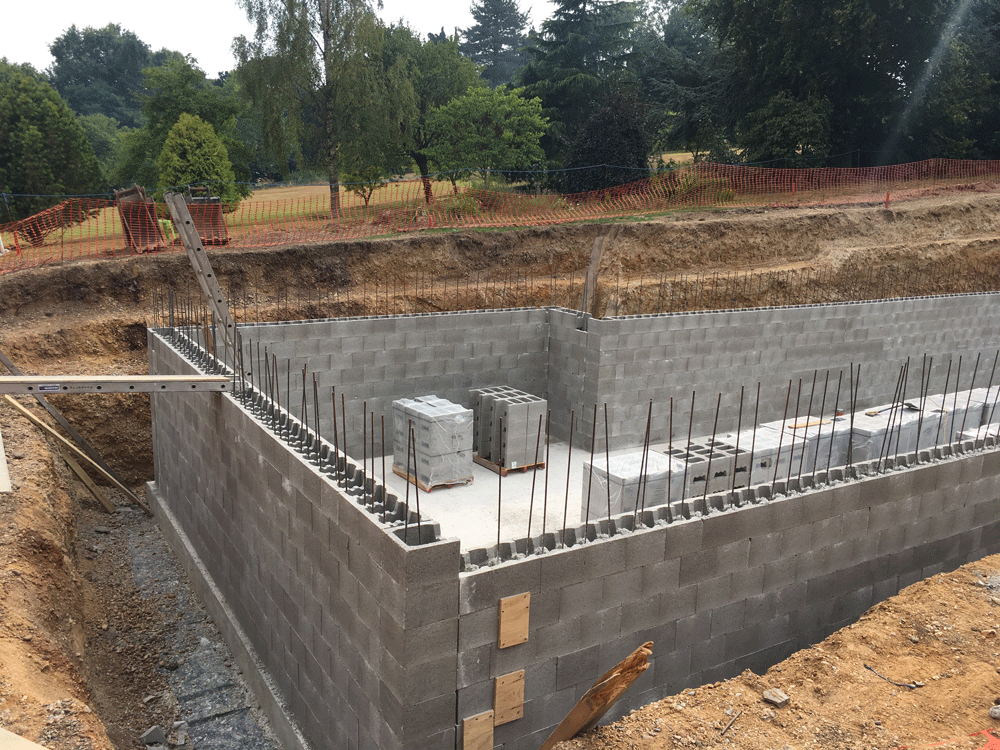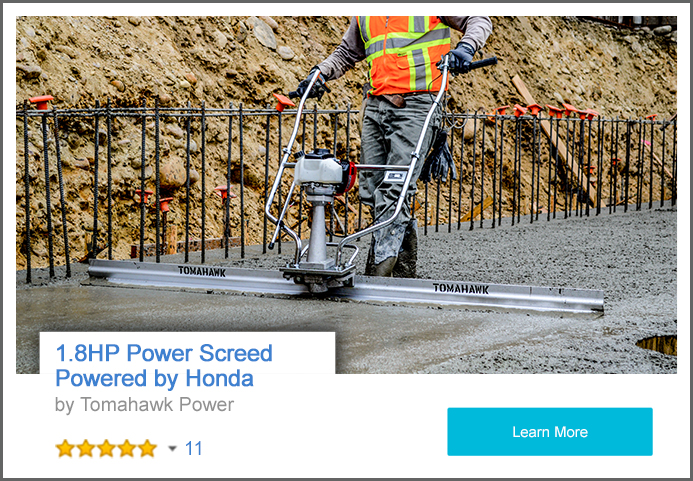Constructing a basement is a significant undertaking that requires meticulous planning, preparation, and execution. Whether you're a homeowner looking to expand your living space or a concrete contractor, understanding the process is crucial for a successful project. This guide will walk you through the steps of building a basement.
Planning and Design
1. Assess Your Needs and Goals
Before breaking ground, it's essential to define the purpose of your basement. Will it serve as additional living space, a home office, or storage? Your goals will influence the design and construction requirements.
2. Hire a Professional Designer or Architect
A professional can help you navigate local building codes, design a functional space, and create blueprints for construction. This step is vital for ensuring your basement is safe, efficient, and compliant with regulations.
Preparation
3. Obtain Necessary Permits
Check with your local building department to obtain the necessary permits. This process may involve submitting your design plans for approval.
4. Prepare the Site
Clear the area where the basement will be located. This step might involve removing soil and ensuring the site is level and stable.
Excavation and Foundation
5. Excavate the Site
Excavation involves digging out the space for your basement. It's crucial to follow the blueprints closely to ensure the correct depth and dimensions.
6. Pour the Foundation
The foundation is the backbone of your basement. It involves creating footings and then pouring concrete to form the basement walls. This is where a Tomahawk Power Screed comes in handy. Unlike traditional methods that are labor-intensive and slow, a Tomahawk Power Screed can help you level the poured concrete quickly and efficiently, ensuring a solid and level foundation for your basement.
Waterproofing and Drainage
7. Apply Waterproofing
Waterproofing your basement is crucial to prevent water damage and mold growth. Apply a waterproof membrane to the exterior of the foundation walls.
8. Install Drainage Systems
A proper drainage system will help keep your basement dry. Install a perimeter drain at the base of the foundation walls, directing water away from your home.
Framing and Utilities
9. Frame the Basement
Once the foundation is set, you can begin framing the interior walls of your basement. This step defines the layout and rooms within your basement.
10. Install Plumbing, Electrical, and HVAC
Before closing up the walls, ensure all plumbing, electrical wiring, and HVAC ductwork are installed and inspected.
Finishing Touches
11. Insulate and Drywall
Insulation is key to making your basement energy-efficient and comfortable. After insulating, install drywall to create smooth walls.
12. Flooring and Ceiling
Choose durable flooring suited for basement conditions. You might also want to consider a drop ceiling to conceal ductwork and wiring, while still allowing access for repairs.
13. Paint and Decorate
The final step is to paint your basement and decorate it according to your taste and the function of the space.
Tomahawk Power Screeds: Revolutionizing Basement Construction
Tomahawk Power Screeds are designed with these needs in mind, offering a faster, less labor-intensive method for screeding concrete. With various blade sizes and the ability to finish jobs four times faster than traditional methods, Tomahawk Power Screeds not only save time and labor but also help achieve a higher quality finish. This level of efficiency and quality can significantly enhance your reputation and lead to more business through satisfied customer referrals.
Investing in a Tomahawk Power Screed is a strategic decision that pays off by streamlining the construction process, reducing manpower needs, and ensuring superior results. Whether you're a seasoned contractor or a homeowner embarking on a DIY basement project, integrating Tomahawk Power Screeds into your toolkit is a game-changer.
Building a basement is a complex but rewarding project that can add significant value and space to your home. By following these steps and utilizing the right tools, such as Tomahawk Power Screeds, you can ensure a smooth construction process and a high-quality finish that lasts for years to come.











